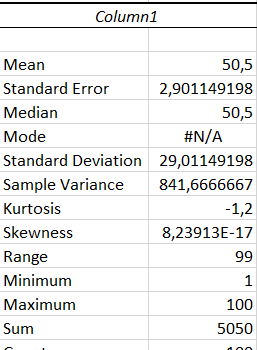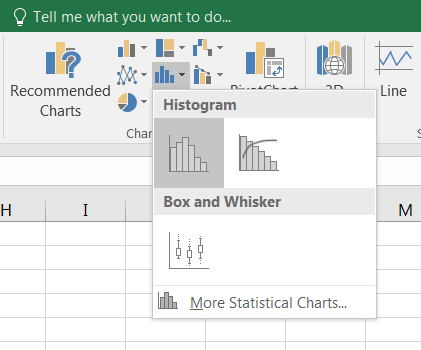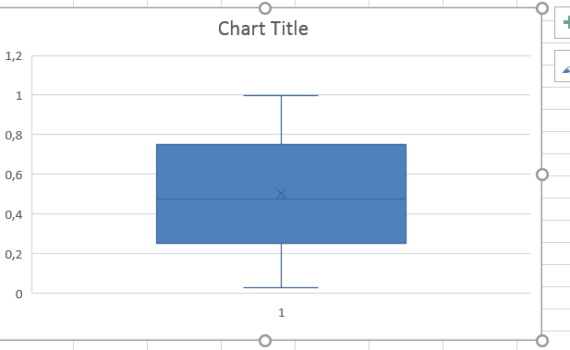
To calculate the average of a dataset, you may use one of the following options: 1) divide the sum of the dataset by the number of values in this dataset (which is by definition how the average is to be calculated). The sum can be easily obtained with the […]








